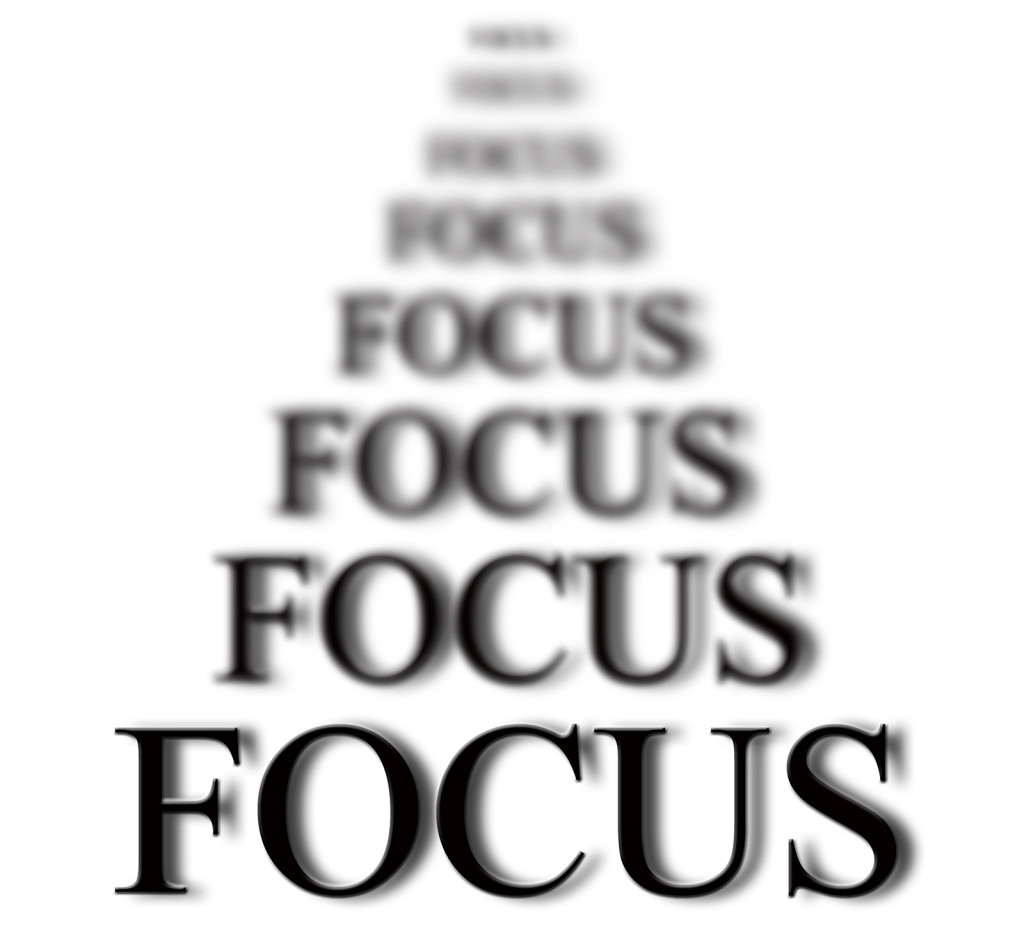Increase Productivity With These 3 Time Management Tips

Focus and time management go together like peanut butter and jelly – good individually, but yummy together.
Wikipedia’s definition: Time management is the act or process of planning and exercising conscious control over the amount of time spent on specific activities, especially to increase effectiveness, efficiency or productivity.
But how is time management implemented??
You’ve no doubt heard the names a thousand times. Getting Things Done. The Pomodoro Technique. Time boxing. Stephen Covey’s urgent/important matrix.
But which ones are best for cutting through the overwhelm and really managing your to-do list? Well, like most things, which system or technique works best is mostly a matter of personal choice. However, there are some things you should know about each one that might make choosing easier.
Top Time Management Techniques for Powerhouse Productivity
Getting Things Done
Developed by David Allen, Getting Things Done, or GTD, is a system designed to help you know at a glance exactly what you should be doing right now. The idea is simple: For every item that lands in your “inbox” (which might be email, a phone call, a letter, or just a passing comment from a spouse) you make an immediate decision to either do it, delegate it, file it, defer it, or trash it.
Once you’ve made your decision (based on the task itself and the time it will take to complete) you either do the thing or note it in your “trusted system” for retrieval – and completion – later. Devotees of GTD spend hours developing their own trusted systems, which can consist of paper planners, expensive software, or just a few note cards and a pen. In GTD, the tools are entirely up to you, it’s the methodology that matters.
The Pomodoro Technique
This method is a boon to those who find themselves easily distracted. The principle is simple: Set a timer, and get to work. Typically, proponents of the Pomodoro Techniqe use a simple kitchen timer (often shaped like a tomato – or pomodoro, in Italian) set for 25 minutes. During that time, they focus only on the task at hand. When the timer goes off, they take a 5 minute break, then set the timer for another 25 minutes.
Each 25-minute set is called a pomodoro. Once you’ve completed four pomodoros, you take a 20 minute break, before beginning the cycle again.
Urgent/Important
Stephen Covey’s brainchild provides an easy way to prioritize your work. Begin by dividing a piece of paper into four sections (two rows by two columns) and assigning a level of urgency/importance to each quadrant. The upper left is important but not urgent, the upper right is urgent and important, the lower left is neither urgent nor important, and the lower right is urgent but not important.
Now take your to-do list and assign each item to a quadrant. For example, grocery shopping might be important but it’s probably not urgent. Fixing your client’s broken website is both important and urgent. Answering the phone when your mother calls for the fourth time is urgent, but not important.
By dividing up your task list according to these priorities, you can easily see what you need to be working on next, and what can wait until the urgent and important items are cleared from your schedule.
There are dozens more techniques and strategies entrepreneurs use to manage their time and get more work done than many others do. In fact, these methods can (and should) be tweaked to fit your own needs and lifestyles. But the bottom line is this: you have to find a system that works for you, and that is compatible with your style. Otherwise, the method itself will become just another distraction that causes you to lose focus rather than become the productive business owner you know you can be.
Share this article with these Tweetables:
• Time is money! Increase your productivity with these great tips – Click to Tweet
• Are you feeling less productive than usual? Here’s what to do – Click to Tweet
• @SusanGilbert provides several tips on how to be more productive – Click to Tweet


0 Comments